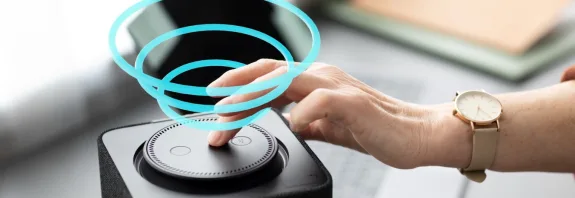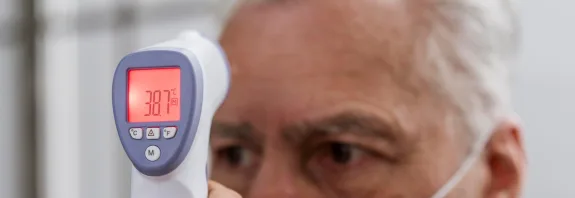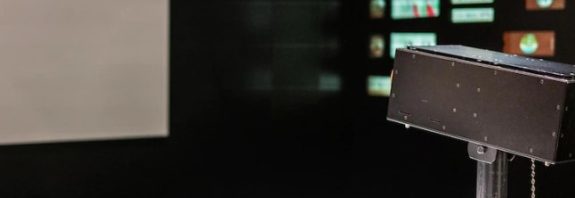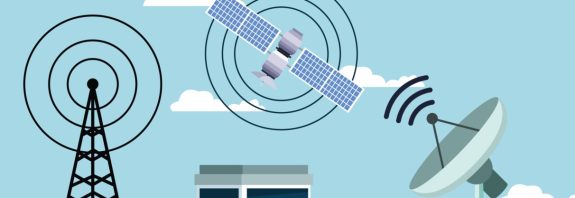How the TV remote works?

How the TV remote works? A TV remote control is an electronic device used to control a TV from a remote distance. It can be used to change channels, sound volume. Brightness and other TV settings without having to dial them on the TV control panel.
These buttons correspond to certain functions, such as turning on/off the TV. Changing channels, adjusting the sound volume, selecting the input signal source, adjusting the brightness and other parameters.
The main principle of operation of the remote control from the TV consists in the transmission of infrared (IR) signals from the remote control to the TV. When the user presses a button on the remote. It sends an IR signal from the remote to the TV. The TV receives the IR signal, translates it into actions and responds to them.
To transmit IR signals, the TV remote has a built-in IR sensor that receives signals from the buttons and converts them into electrical signals. Next, the chip in the remote is responsible for encoding these electrical signals into IR signals and transmitting them to the TV.
The IR sensor in the remote control is usually located on the front of the device or in the lower part
As soon as the user presses a button on the remote. He points the remote at the TV and presses the button. In response to this, the remote’s IR sensor sends an IR signal to the TV. An IR signal is a light wave that cannot be seen by the human eye, but can be detected by the TV’s IR sensor.
Each button on the TV remote has its own IR code. When the user presses a button, the chip in the remote encodes the signal and transmits it to the IR sensor. The IR sensor receives the IR signal and transmits it to the TV chip. Which recognizes the code and converts it into actions on the TV.
Thus, when the user presses a button on the TV remote, the chip in the remote encodes the signal, transmits it to the IR sensor, which sends an IR signal to the TV. The TV chip recognizes the code and performs the appropriate action on the TV.
Some more modern TV remotes can also use radio waves or Bluetooth to transmit signals to the TV
Radio remote controls from TVs operate at a higher frequency than an IR remote control and can transmit signals over long distances, such as through walls. Bluetooth remotes can work with a wider range of devices and can transmit information two-way.
In general, a TV remote control is a small but very important electronic device that allows users to conveniently and easily control the TV
Today, most TV remotes have various functions, such as adjusting the volume, changing the channel, selecting the input signal source, viewing programs and Teletext, selecting the picture mode and much more.
In some cases, the TV remote may also have other functions, such as controlling a home theater or media player. These remotes may have more buttons and functions. And they may be a bit more difficult to use, but they usually provide additional options for users.
However, it is worth noting that the TV remote control is not the only way to control the TV
Most TVs also have buttons on the unit itself that allow you to perform basic functions such as changing the channel and volume.
In addition, with the development of technology, there are new ways to control the TV, such as voice and gesture control. These technologies allow users to control the TV without the need to use the remote control or buttons on the device itself.
In general, a TV remote control is a small but important electronic device that allows users to control the TV easily and conveniently. With the development of technology, TV remotes are becoming more advanced and functional, but they remain one of the most convenient ways to control the TV.
How exactly does the TV remote control work? Let’s consider the main components and principles of operation of the remote control.
Components of the TV remote control
The most common components of a TV remote control are:
Buttons: The buttons on the remote allow you to perform various functions, such as changing the channel, adjusting the volume, selecting the input source, and others.
IR Diode: IR stands for “infrared rays”. The IR diode on the TV remote control is responsible for transmitting the signal to the TV. It generates infrared signals, which are then sent to the TV.
Microcontroller: Microcontroller is the main component of the TV remote control. It is responsible for processing the signals from the buttons and sending the signal to the IR diode.
Battery: The battery powers the TV remote. Most TV remotes use standard AAA or AA batteries.
The principle of operation of the TV remote control
The TV remote control works on the principle of wireless communication between the remote control and the TV. How does it work?
When the user presses a button on the remote, the microcontroller receives the signal from the button and processes it. It then generates code that corresponds to the function of the button the user clicked. For example, if the user pressed the “louder” button, the microcontroller will generate the code corresponding to this function.
The code generated by the microcontroller is then sent to the IR diode. The IR diode emits infrared signals that have a high frequency and cannot be seen by the human eye. These signals are transmitted to the TV, which receives and processes these signals.
The TV has a built-in IR signal receiver, which receives infrared signals from the remote control. The receiver recognizes the code that was sent from the remote and performs the corresponding function, such as changing the channel or adjusting the volume.
How the TV remote works – IR control protocols
There are several IR control protocols used to transmit signals from the remote control to the TV. Some of them are:
RC5: RC5 is the protocol used by Philips. It uses 14-bit codes to transmit information.
NEC: NEC is a protocol used in many Japanese TVs and remotes. It uses 16-bit codes.
Sony SIRC: Sony SIRC is a protocol used in many Sony TVs and devices. It uses 12-bit codes.
How to preserve the life of remote control batteries?
To preserve the life of the batteries of the TV remote, you can perform the following steps:
Remove the batteries from the remote control if you do not plan to use the remote control for an extended period of time.
Use standard batteries from well-known manufacturers such as Duracell or Energizer.
Do not store the remote control in very hot or cold places. Such as a basement or garage, as this may cause the batteries to discharge more quickly.
Do not leave the remote control where it can be dropped or otherwise damaged, as this may cause the remote control to malfunction.
Conclusion
The TV remote control is a simple but important device for controlling the TV
It has a microcontroller that generates codes that are sent to the IR diode. The IR diode emits infrared signals, which are transmitted to the TV, which processes these signals and performs the corresponding function. Several IR control protocols are used to transmit signals from the remote control to the TV, such as RC5, NEC, and Sony SIRC. To preserve the life of your remote’s batteries, you should follow a few simple steps. Such as removing the batteries, using standard batteries from reputable manufacturers. And storing the remote in a location where it will not be exposed to harmful conditions.
I hope this article, How the TV remote works, has helped you better understand how your TV remote works. And what you should do to preserve the life of your remote’s batteries. Thank you for attention!









